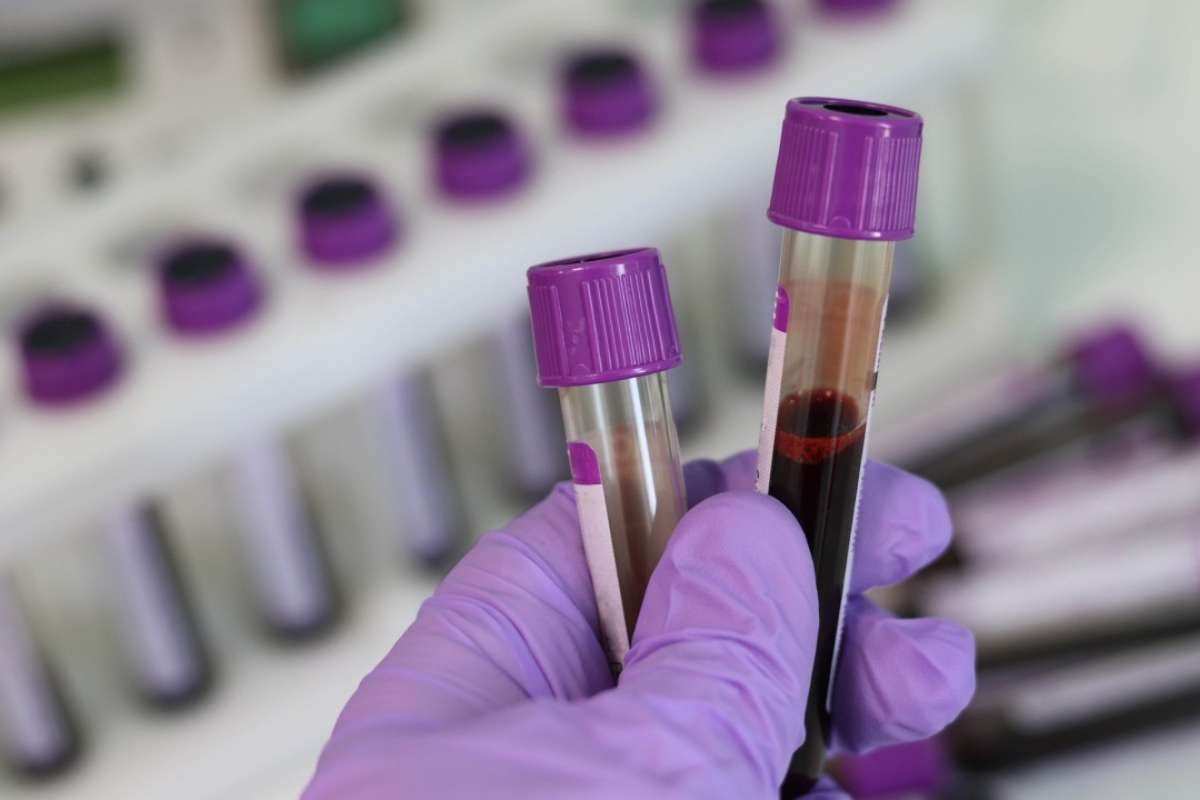Innovative Test Identifies Pancreatic Cancer in Early Stages
A groundbreaking blood test, PAC-MANN, has shown promise in detecting pancreatic cancer at an early stage, offering a potential breakthrough in diagnosing one of the deadliest forms of cancer. Researchers from Oregon Health and Science University (OHSU) reported their findings on February 12 in Science Translational Medicine, highlighting the test’s ability to identify molecular markers of the disease using just a single drop of blood.
Pancreatic cancer remains one of the most challenging diseases to diagnose, as symptoms often go unnoticed until the disease has progressed significantly. “There’s really a desperate need in the field for an early detection test for pancreatic cancer,” said study coauthor Jared Fischer, a molecular biologist at OHSU. The disease, while relatively rare, claimed over 50,000 lives in 2024, largely due to late-stage diagnoses when treatment options become limited.
How PAC-MANN Works
Current diagnostic tools for pancreatic cancer, such as biopsies and imaging scans, are not always effective for early detection. However, pancreatic cancer produces unique molecular indicators, which led researchers to develop PAC-MANN—short for Protease-ACtivated MAgnetic NaNosensor.
PAC-MANN detects specific proteins called proteases, which help tumors grow by breaking down connective tissue. The test consists of magnetic beads attached to fluorescent molecules. When mixed with blood from a pancreatic cancer patient, the proteases cleave the fluorescent molecules from the beads, leaving behind glowing fragments. Researchers then use a magnet to separate the nanosensors, allowing them to measure the remaining fluorescent particles, which indicate the presence of cancer.
High Accuracy and Future Potential
The researchers tested PAC-MANN on blood samples from 178 individuals, some with pancreatic cancer and others without. The test correctly identified cancer in 40 out of 55 patients and accurately ruled it out in 120 out of 123 individuals. With an overall accuracy rate of 90%, PAC-MANN has the potential to revolutionize early detection efforts.
The next step for the research team is validating their findings with a larger group of patients and launching clinical trials. If successful, PAC-MANN could become a routine screening tool, much like mammograms for breast cancer. Its ease of use and lack of reliance on specialized imaging equipment make it particularly promising for widespread application, including in underserved regions.
Biomedical engineer Jose Montoya Mira, part of the OHSU team, emphasized the test’s accessibility, stating that it could help bridge the gap in cancer care for populations with limited medical resources. With further development, PAC-MANN could provide a life-saving advantage by catching pancreatic cancer in its earliest and most treatable stages.







